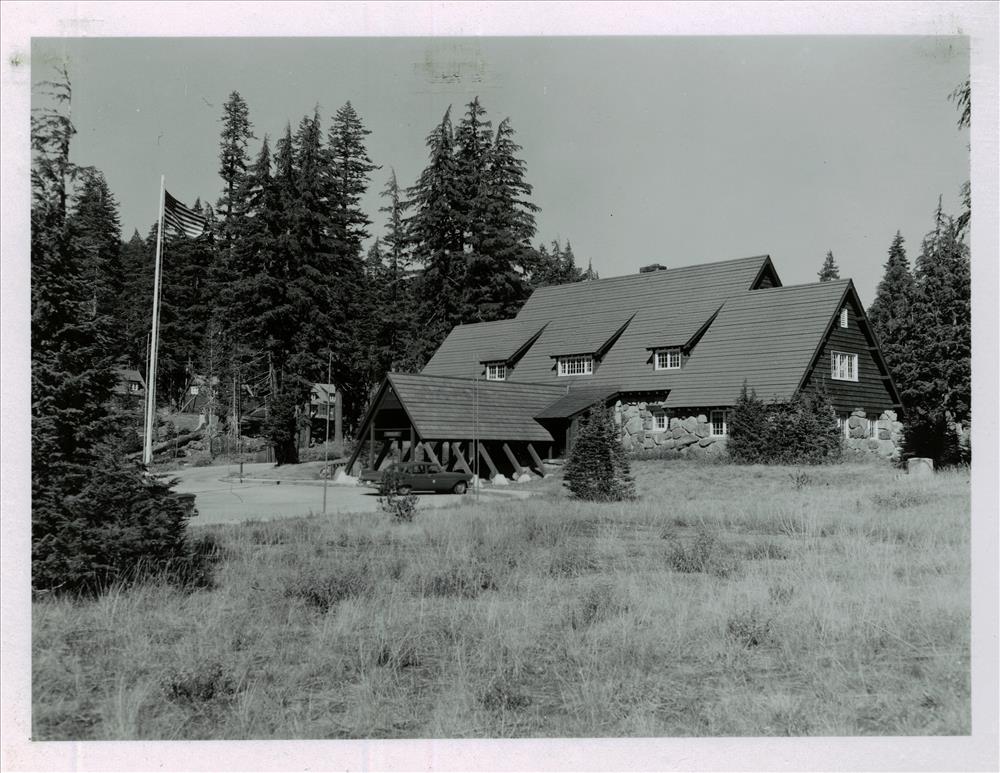Barbara: You mean at Nachez Trace?
At Nachez Trace. All my background was useful there in that management job. But I got the job because of that background. Because I’d been a naturalist, which is kind of an exception. Very often superintendents seemed at least at that time and earlier to get picked more on the basis of their ranger background. Although there were always exceptions.
The next set of questions will take us back from Nachez Trace to your job at master planning in San Francisco.
Well, I was at Cape Hatteras, of course, at that time, and declined several promotions. George Hartzog didn’t appreciate that and sent me a letter saying, “you have been selected, and you will report to the San Francisco planning office on such-and-such a time.” I didn’t want to go and I was very unhappy about it and I was even more unhappy when I got there. I didn’t even have a desk or a seat to sit in. I felt pretty low, but it wasn’t long until they sent me out on a field trip to Chiricahua and what would later become Fort Bowie and I began to see the positive side of park planning. It turned out to be, for me, one of the most enjoyable and significant assignments in the National Park Service. During the time I was there I was involved in many aspects of park planning. Well, I went to Guam on a planning team and planned two parks there: World War II in the Pacific and Guam National Seashore. The historic park was established, but the seashore wasn’t.
In Hawaii I worked on planning teams for Hawaii Volcanos and what was then known as City of Refuge, also, Koholaheyyau and Haleakala and I was involved in planning for Olympic National Park, Rainier, although that one was called off because of Scoop Jackson had some political concerns. I as also deeply involved in planning for Redwood National Park.


